The post 6 Tips For Capturing Better Urban Landscapes appeared first on Digital Photography School. It was authored by Kav Dadfar.

As you continue your quest to enhance your photography skillset, you should look to broaden your horizons by exploring various disciplines. In this article, we’re going to look more closely at how to capture better urban landscapes.

This discipline is all about bringing an urban environment to life in your photos. Shots of people living, moving, and working combined with an urban landscape can make for wonderful photos. It’s challenging even for experienced photographers. But you’ll find new ways of expressing yourself and capturing your surroundings, as well as immortalizing a piece of your growing environment.
But how do you best capture engaging images in an urban landscape? Here are six tips for capturing better urban landscapes.

1. Get to the streets
Whilst there’s nothing to say that you can’t take urban landscape shots from viewpoints in a city, if you want to capture exceptional urban photography then you should be right there alongside it. Get off your balcony and put yourself right onto the street in the middle of life as it unfolds.
To photograph better urban landscapes, try to find scenes where you can capture the combination of the urban landscape and people. A tight shot on two people talking isn’t necessarily what you’re looking for here. This is more street photography than urban landscapes. So you need to introduce some elements of the urban arena into your composition.

2. Play around with shutter speed
By lengthening your exposure setting, you can create a very dynamic image. Admittedly, this may go against having a live subject (like a person or animal), since they will probably be moving quite a lot. However, if you can, taking a wide shot of the urban landscape with a long exposure can create some interesting effects through movement.
The streaked clouds overhead can give a sense of movement to your still landscape. It’s a nice trick for capturing better urban landscapes if you’re just looking to get an image of the scene itself instead of active subjects.
At night, this also can create light trails from vehicles. Their tail and headlights will streak in the image, creating an amazing photo that captures the hectic expression of any urban setting.

3. Find interesting buildings
What’s really cool about urban photography is that it’s just as much about the manmade elements as it is people. If you’re shooting in a city setting, then there are likely many interesting buildings, sculptures, parks, and other manmade elements throughout to capture.
Do a little research and learn about why
the interesting buildings were built in the first place. By being just as
selective with your history as you are your visuals, you can create a story
using photography in an urban setting.
For example, if you’ve chosen a wonderful gothic church as the background for your scene, what is unique about that church’s history? It may look amazing, but what else is behind the building, historically-speaking? You might dig up something really interesting that’s going to help shape your photo sessions. It could be key elements in the architecture or historically important locations around the church. Or you may just find interesting viewpoints and angles for better urban landscapes of the church.

4. Come back during different seasons
Another tip for capturing better urban landscapes is to come back during different seasons. It’s easy to forget what an urban setting can look like during a different season. If you’re standing in the middle of a skatepark during the height of summer, and it’s very active with teenagers riding on every surface, you aren’t necessarily thinking about what the same scene would look like covered in snow.
However, you could make some really
intriguing juxtaposing images if you returned to the same scene during a
different season later in the year.
If you have the ability to travel to a location more than once a year, then you should consider taking advantage of that luxury. The lighting, skyline, and general feeling can all change dramatically, allowing you to capture great images that you might not have even considered previously.

5. Use the terrain
When you compose your shot, consider the golden triangle rule or the rule of thirds. You can also look to align your subjects with leading lines generated by the terrain; perhaps a bridge, trees, a street, or a mural.
Elements throughout your frame can guide the eye toward your subject naturally, or they can pull it away just as easily. Be aware of how you’re composing your shot and consider using the elements to better align your focal point for better urban landscapes.

6. Night versus day
An urban setting can really come alive at night. The shadows cast by daylight are now blending into the surroundings, and your lens will pick up way more than you thought possible.
Daylight photography can capture active scenes natural to that time, and the same can be said for nighttime photography. Aside from general lighting differences, the time of day also helps create an atmosphere in your image that you can’t replicate any other way.
If you can, just like visiting the scene during different times of the year, try and come back to see how the urban setting changes between night and day. Some differences may be subtle, but others will weave new visions for your camera to capture.

Conclusion
The wonderful thing about this type of photography is that often it’s accessible for lots of people. Most people live within or near urban environments. So there will be ample opportunity to practice capturing better urban landscapes. Use the tips above and you will be on your way for improving your photography in this genre.
Do you have any other tips for capturing better urban landscapes that you’d like to share? Do you have some images you’d like to share? Please do so in the comments section!
The post 6 Tips For Capturing Better Urban Landscapes appeared first on Digital Photography School. It was authored by Kav Dadfar.






















































































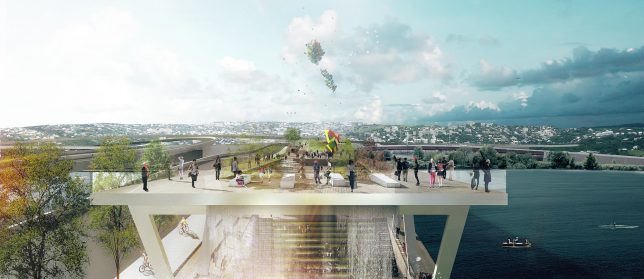
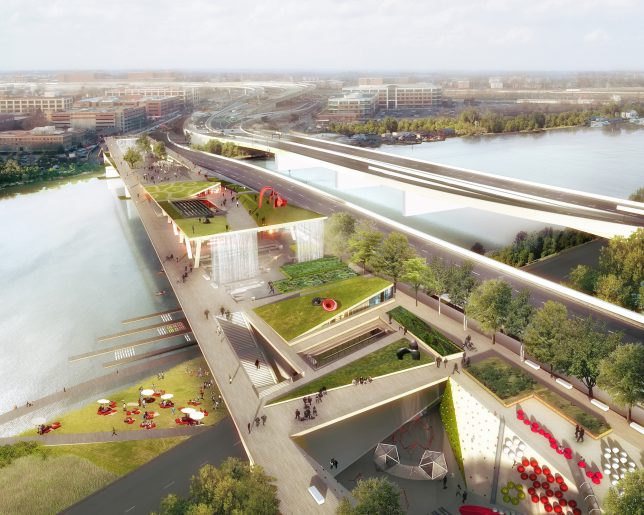
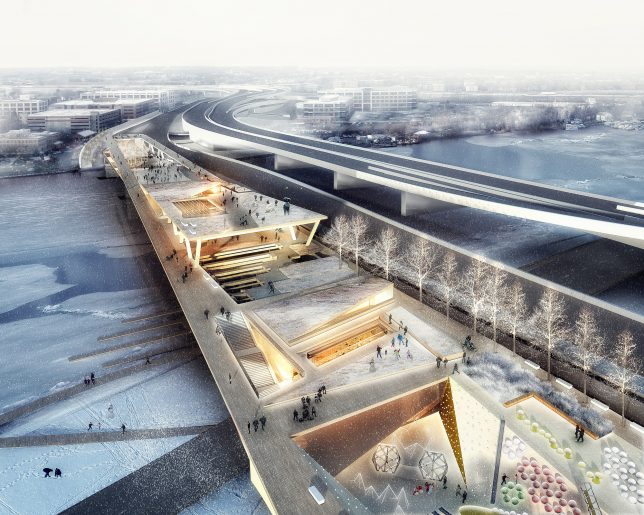
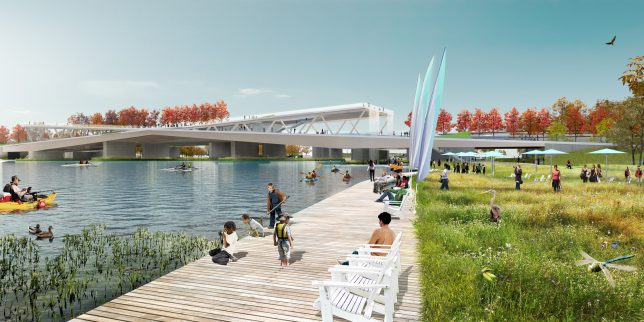
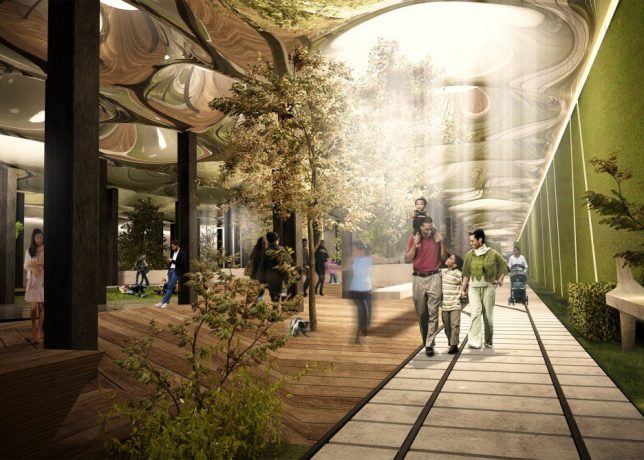
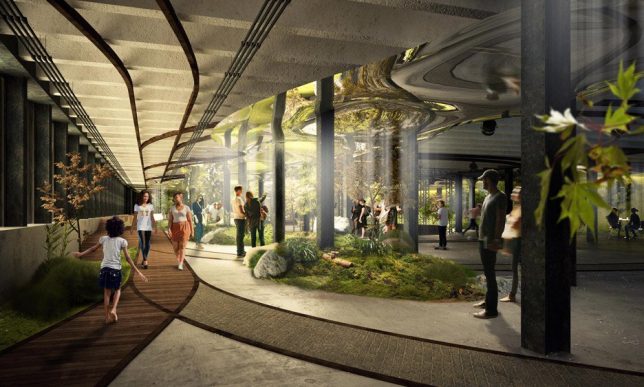
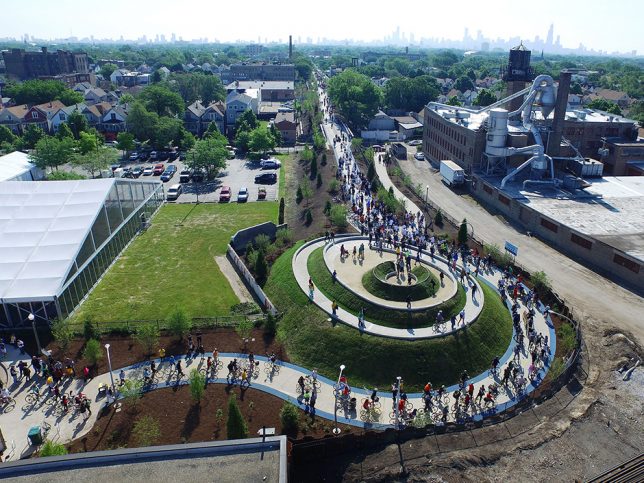
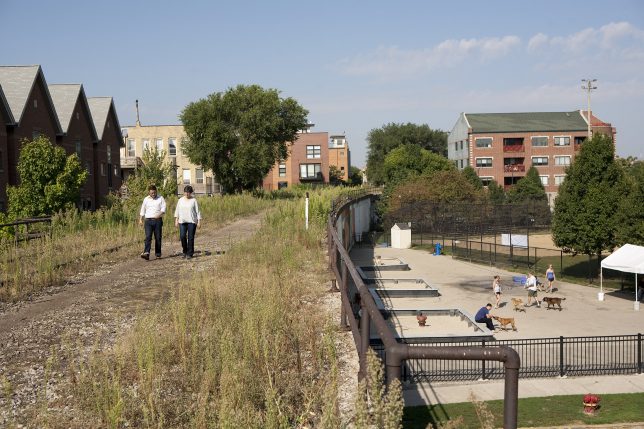
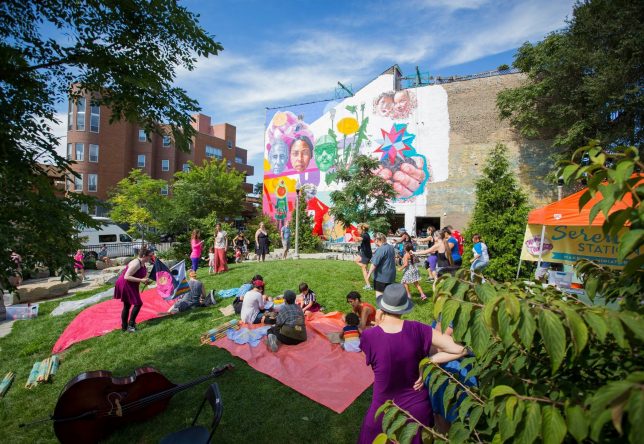
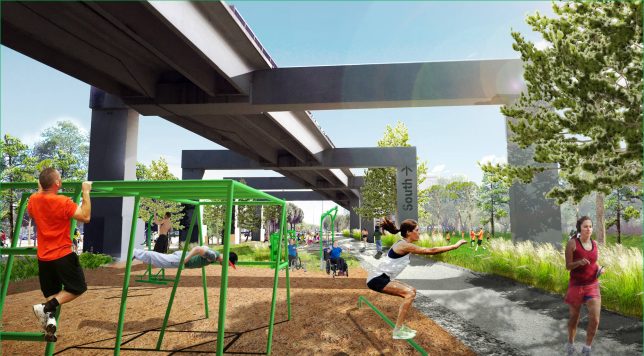
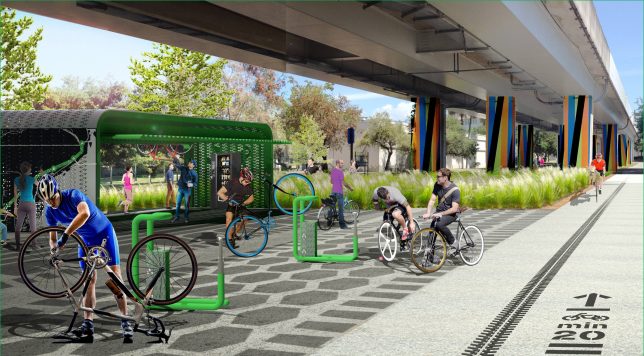
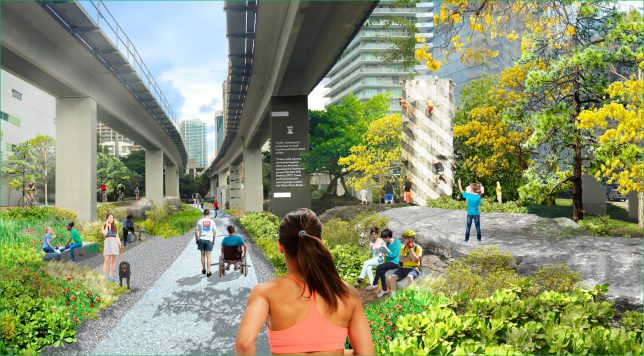




You must be logged in to post a comment.